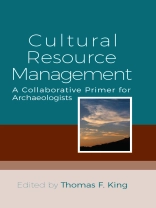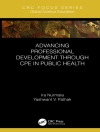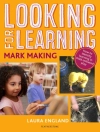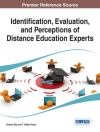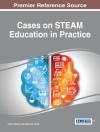Stressing the interdisciplinary, public-policy oriented character of Cultural Resource Management (CRM), which is not merely “applied archaeology, ” this short, relatively uncomplicated introduction is aimed at emerging archaeologists. Drawing on fifty-plus years’ experience, and augmented by the advice of fourteen collaborators, Cultural Resource Management explains what “CRM archaeologists” do, and explores the public policy, ethical, and pragmatic implications of doing it for a living.
Tabella dei contenuti
Preface
Introduction to Cultural Resource Management in the United States
List of Abbreviations
Chapter 1. What is CRM? How Does it Differ from Archaeology?
Chapter 2. What CRM Archaeologists Do: Consultation and Identification
Chapter 3. What CRM Archaeologists Do: Evaluation
Chapter 4. What CRM Archaeologists Do: Assessing Adverse Effect
Chapter 5. What CRM Archaeologists Do: Resolving Adverse Effect
Chapter 6. What Else Do CRM Archaeologists Do?
Chapter 7. Special Cases and Loose Ends
Chapter 8. Examples of Worldwide Cultural Resource/Heritage Management
Archaeology and CRM in Australia
Caitlin Allen
Cultural Resource Management in Belize
Jaime J. Awe
A Very Brief Introduction to China’s Wenwu Management System and CRM Archaeology
Wang Renyu
CRM in Europe
Raimund Karl
CRM in Nigeria
Kolawole Adekola
Chapter 9. Thoughts in Conclusion
Appendix: Legal Matters
About the Author and Collaborators
Index
Circa l’autore
Thomas F. King has worked in heritage or cultural resource management for over fifty years, in government and in the private sector with a wide range of clients. He is also the author of many textbooks and journal articles about archaeology and historic preservation. From 1977 to 1979. he helped develop archaeological and historic preservation programs in the Federated States of Micronesia, the Republic of Palau, and the Republic of the Marshall Islands. Between 1979 and 1989 King was employed by the Advisory Council on Historic Preservation in Washington DC, where he and his wife, the late Patricia Parker, were responsible for writing National Register Bulletin 38, a U.S. government guideline document that many indigenous groups and local communities have used to protect their cultural heritage from destructive government projects. He was awarded the Ph D in anthropology in 1976 by the University of California, Riverside.
